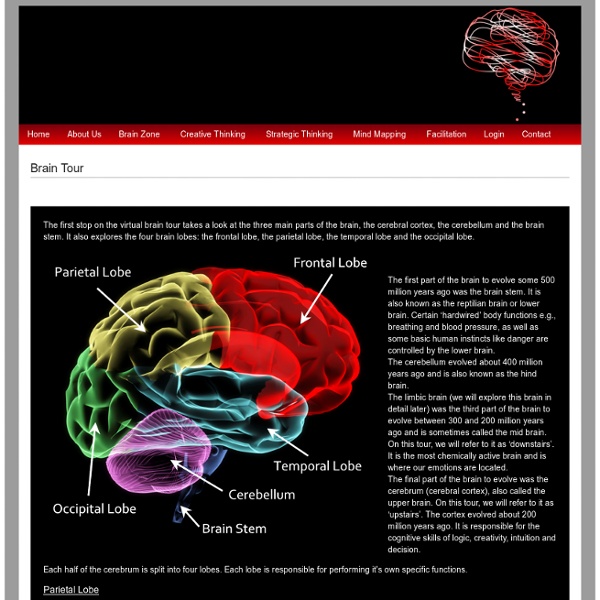Your Amazing Bran

50 Really Cool Online Tools for Science Teachers
A 21st-century education revolves around the Internet for everything from collaboration, tools, lessons, and even earning degrees online. If you are looking for ways to integrate online learning into your science class or science degree programs, then take a look at these cool online tools that are just perfect for both teachers and students. Science Tools to Use with Students These tools offer opportunities for learning about climate, cells, the human body, nature, and more. ChemiCool. AP Tools Whether you are setting up a new AP curriculum or are just looking for additional material to use with your AP science students, these tools will help. Advanced Placement Biology. Websites and Resources for Science Teachers These websites are chock full of amazing resources and tools for science teachers. Discovery Education. Calculators Use these informative environmental calculators with your students. Ecological Footprint Quiz. Online Games Online Science Games. Google Earth Google Earth Ocean.
NSDL.org - National Science Digital Library
Lesson Plans
The lesson plans presented here are a sampling from NWF's collection of over 1,000 lesson plans designed to introduce students to life science, ecology, wildlife biology, scientific identification and observation. All lesson plans are aligned to the National Science Education Standards. Check back regularly! We will be continually adding to our online library of resources for educators, beginning with the addition of lesson plans from our NatureScope series. Habitat Lessons designed to introduce students to concepts of ecology, habitat care and species identification: Energy Conservation Lessons designed to engage student in learning good conservation techniques and practices to use at home and at school: Energy Conservation: Did I Remember To… (grades 4-6) Ecosystems Lessons that explore ecosystems within the United States: ArcticWatersheds Wildlife Lessons that introduce students to wildlife and wildlife behavior:
Exploratorium: the museum of science, art and human perception
Quantum Physics
Quantum Physics What it is? Quantum physics is a branch of science that deals with discrete, indivisible units of energy called quanta as described by the Quantum Theories. Quantum physics invloves the study of the realm of the very small, at the atomic and subatomic level, such as electrons, photons and quarks. Therefore, it’s operating at the below-cell level of the body. Quantum Physics is also the study of the forces that act on atomic and subatomic entities. Quantum Physics also studies the fields through which forces move. Standard quantum physics has three primary areas of focus: Quantum mechanics: The study of the structure and behavior of subatomic particles. Quantum Physics Models:There is not one quantum theory, but many theories, each interpreting the same body of experimental facts: How does Quantum Physics relate to Bioenergetic Medicine? The quantum world is an abstract, mathematical world. Quantum Weirdness 1 A scan is always about that individual dynamic body-field only.
Related:
Related:



